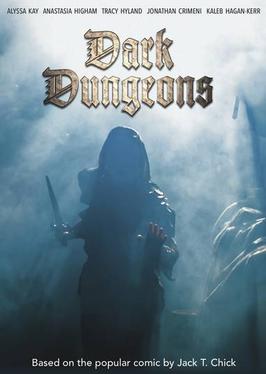2 Misconception
Dungeons and Dragons was an ambitious project, and one could say that it was ahead of its time. The public response to it at first certainly made it seem that way.
For its time, Dungeons and Dragons was too far out of line for society’s more conservative elements. Christian groups in particular drew it into the Satanic Panic, citing that the game was Satanic for containing witchcraft (spellcasting,) demons, and nudity. The latter two were removed in the second edition, purging all demons and things such as succubi and harpies from the game’s enemy statblocks. However, the stigma still saw fans harassed over alleged Satanism on an infrequent basis. A further blow (blows, really) against the game came in the form of James Dallas Egbert III and Chris Pritchard, who suffered psychotic episodes that people assumed were linked to their habit of playing Dungeons and Dragons.
Pictured below: James Dallas Egbert III and Chris Pritchard, respectively.


Chris Pritchard in particular was a real blow to the game – it wasn’t some madness brought on by playing a game of witchcraft, but rather the rest of his party who convinced him to kill his own mother. This was a case that gave detractors to the game new ammunition. If people playing the game with you can convince you to commit a murder, then is it a game that should be played at all?
Perhaps the greatest act of opposition to Gygax’s brainchild was Dark Dungeons, a feature-length film that covered a fictional TTRPG suspiciously close to Dungeons and Dragons and the ways it led a group of players to suicide and witchcraft. This was the peak of the libel campaign against the game – but thankfully, it would survive in the public eye.
Dark Dungeons’ movie poster.

